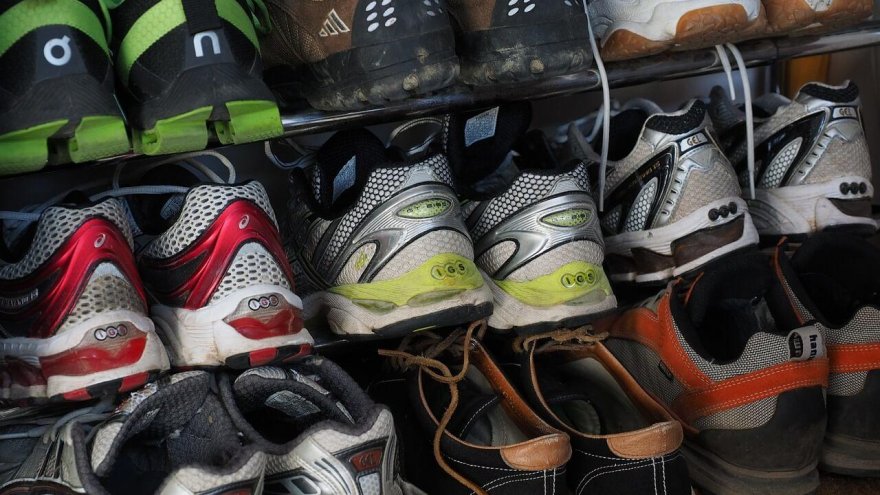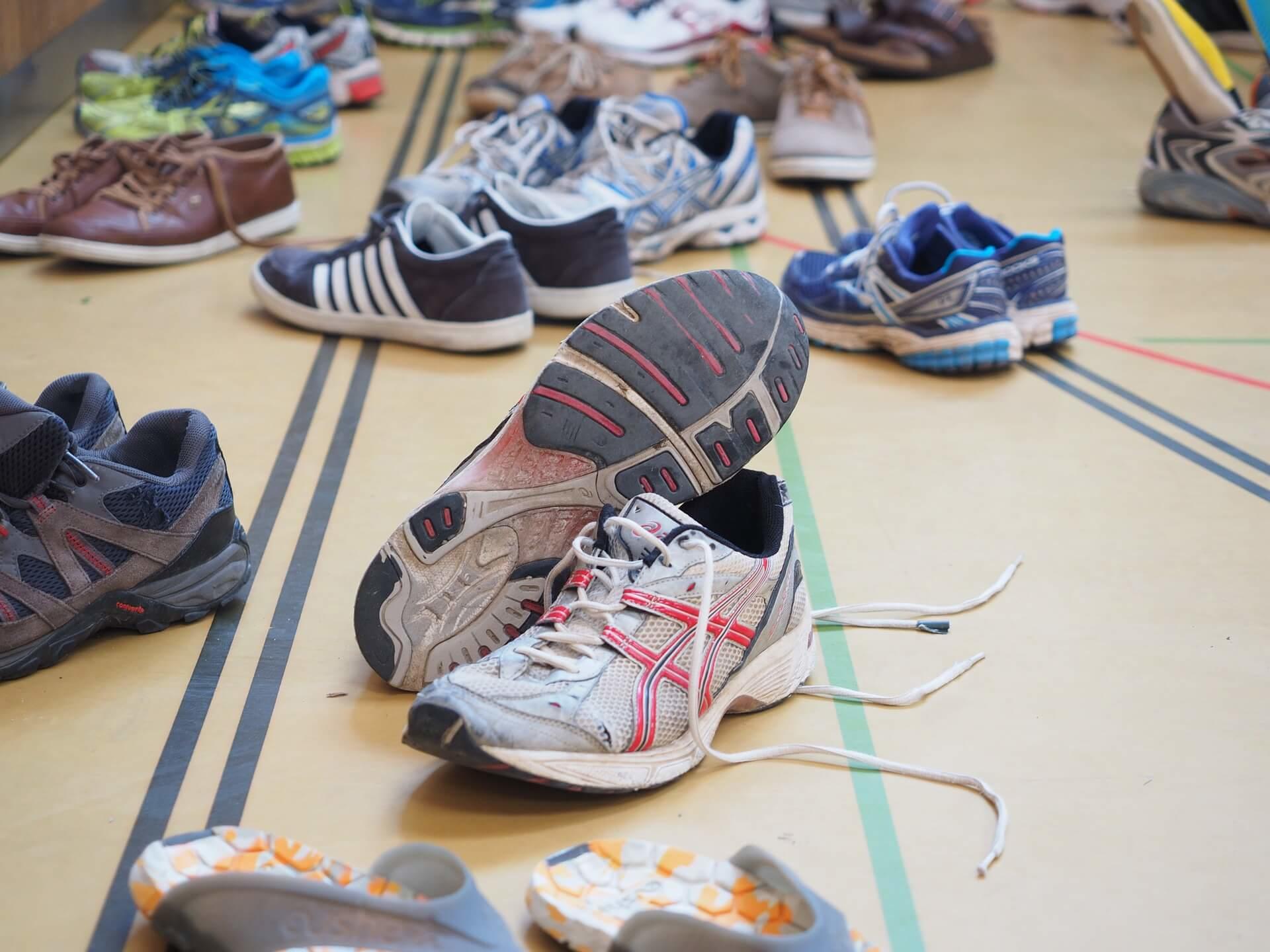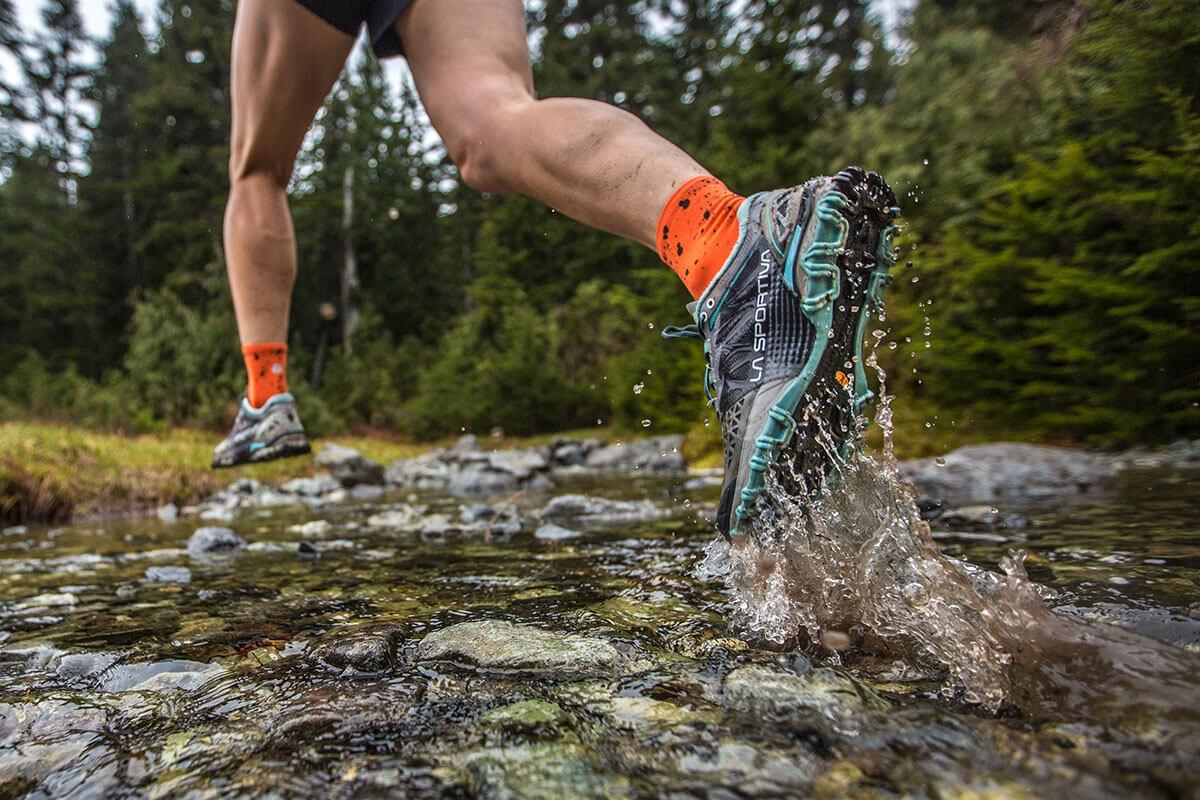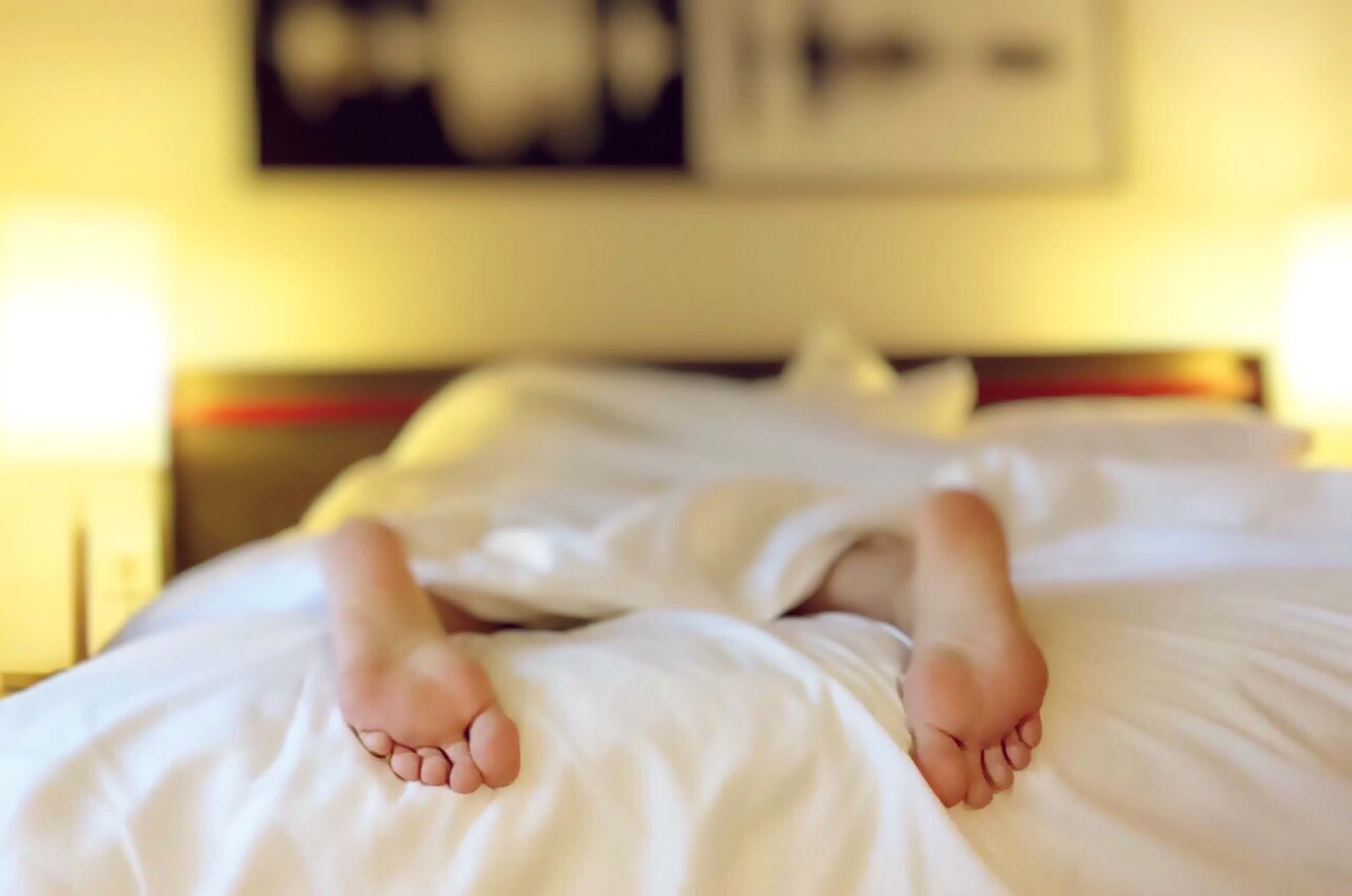Why You Need At Least Two Different Pairs of Running Shoes

You wouldn’t go off-roading in a Lamborghini or take a camper van on the racetrack, right? Would you use a beach cruiser in a bike race or take a road-bike mountain biking? I sure hope not. So what makes you think one pair of shoes is enough to do all kinds of running/walking activities?
Just like the car you buy depends on what you will be using it for, the shoe you wear should be catering to the activity you are using it for. If you are the kind of person that lives in your running shoes- picks up the kids from school, goes grocery shopping, gardening, etc.- you DEFINITELY need more than one pair. Even if you exclusively use your running shoes for solely running (pun intended), there is no way you run at the same pace, the same distance, and the same route every time you run. (If you do, you should consider changing things up before you burn-out or get injured). Ideally, if you do seven different types of running/walking/cross-training activities, you should have SEVEN pairs of shoes, one for each different activity. Ideally. That’s not always possible, but two is!

At the bare minimum, you can usually divide your running activity into two types, and have a different pair of shoes for each one. If you are a road runner they are: fast, short distance running, and slow, long distance running. If you do road running and something else like cross-training or trail running, then you need a pair of shoes for those two different activities. I have three pairs of shoes, all in good condition, that I rotate between: a lightweight road running shoe that I use for my shorter training runs, a stiffer, cushioned road running shoe that I use for my training runs longer than 4 miles, and a trail shoe for when I make it up to the mountains for trail running (unfortunately less frequently than I would like).
If dollar signs are popping up in your head right now, fear not. What I’ve found since I’ve been using 3 different shoes for different activities is that I haven’t had to buy a new pair of running shoes in a while. I used to go through running shoes like Kleenex. But now that I’m dividing up the use between my shoes, they seem to be lasting longer. Also I’m no longer abusing one pair of shoes by using them for everything I do. I’m not saying buy 3 shoes all at once, (though if you are able to do that by all means go for it) but start “collecting” shoes so that you have at least two pairs in good condition at all times.
Read also about best runners for shin splints.
As cool as it would be to have an all-in-one shoe, that does not yet exist. Shoes are specifically designed differently to serve different functions. For example, higher cushioned shoes are designed to handle the extended duration of impact of long runs to protect your body. Compare that with lightweight shoes with minimal cushioning, which are designed to allow you to go fast. These design features help you when you are doing the activity they are meant for, but could hurt you when you wear them for something they are not designed for. A classic case is when someone complains that their shins hurt after a long training run and they tell me they were wearing Nike Frees, a lightweight shoe with almost no cushion. There’s nothing wrong with the Nike Frees, it’s just that they were not designed for long runs on hard pavement. It’s pretty comparable to running barefoot on pavement. Unless you are comfortable doing that for a long run, a lightweight shoe is a skip and a hop away from injury.

Using a shoe for the activity it was intended for will also increase the lifespan of your shoes. For example, trail shoes have an aggressive tread for increased traction on loose dirt and uneven ground. In contrast, road shoes have a flatter tread and work well on flat pavement. If you use trail shoes on the road, the friction from the hard pavement will actually wear down the tread faster. Vice versa is true: if you wear a road shoe on trails, it will wear down faster because the material it’s made out of is not designed to handle dirt, rocks, and pebbles.
Dress shoes feel fine the first 10 minutes you’re wearing them. But after a whole day and night, your feet are talking. As soon as you go home and kick those darn things off and put on your slippers, you feel relief. In a way, running shoes do the same thing. They might feel great the first few times you wear them, but then they start putting pressure on parts of your feet the longer and more frequently you wear them. You might have been fitted for that shoe and feel like they’re meant for your feet. But if they’re the only pair you wear, they’ll still put stress on certain parts of your feet and can eventually cause discomfort. The repeated irritation can lead to something as minor as a blister to a more serious condition such as a stress fracture. Getting another pair to alternate with offers a solution. When you alternate between two different pairs of shoes, and I mean different models, you are alleviating the stress on those pressure points by changing where the shoe hits your foot when you run. Switching between shoes keeps your feet fresh and happy.

Once I realized having at least two pairs of running shoes is the dirty little secret to staying injury free and making my shoes last longer, I have never used just one pair. Also I discovered that it’s kind of fun to pick out which shoe you are going to put on in the morning!
Latest Articles
 Is Running on a Treadmill Easier Than Running Outside?Runners have their own preferences, whether it is treadmill running, running outside on the road, or exploring trails. So...
Is Running on a Treadmill Easier Than Running Outside?Runners have their own preferences, whether it is treadmill running, running outside on the road, or exploring trails. So... Is It OK to Use Trail Running Shoes on the Road?While trail running shoes can be used on roads, especially in situations where a runner encounters mixed terrains or pref...
Is It OK to Use Trail Running Shoes on the Road?While trail running shoes can be used on roads, especially in situations where a runner encounters mixed terrains or pref... How to Fix Sore Quads After Running?Rest, ice, gentle stretching, and over-the-counter pain relievers can help soothe sore quads after running. Also, ensure ...
How to Fix Sore Quads After Running?Rest, ice, gentle stretching, and over-the-counter pain relievers can help soothe sore quads after running. Also, ensure ... 10 Fruits With The Most Electrolytes to Replace Sports DrinksThese fruits are high in electrolytes such as potassium, magnesium, and calcium, essential for hydration, muscle function...
10 Fruits With The Most Electrolytes to Replace Sports DrinksThese fruits are high in electrolytes such as potassium, magnesium, and calcium, essential for hydration, muscle function...

